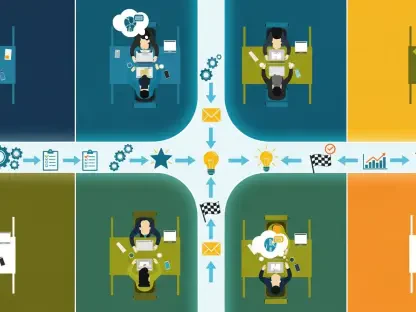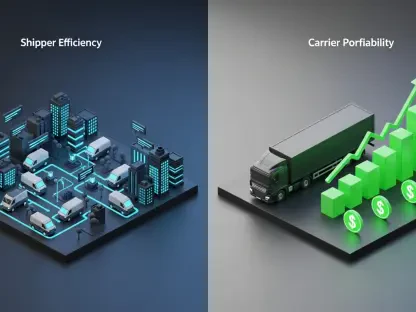When mergers hit the headlines, balance sheets and deal multiples grab the limelight, yet the difference between value creation and value destruction so often turns on people, not spreadsheets, and that reality anchored a frank conversation in White Plains where regional leaders compared notes on how culture, trust, and communication decide outcomes far more reliably than clever models. The discussion cut across roles—operators, sellers, counsel, and advisors—and returned to a simple premise: due diligence that ignores human capital risks blindfolds buyers, while integration that overlooks legacy unsettles the very relationships a transaction aims to scale. Panelists described disciplined preparation years ahead of a sale, negotiations stripped of theatrics, and integration plans that protect brand equity when loyalty is embedded in long-held names. The through line was practical: meet stakeholders where they are, explain the why, and prove promises fast.
Rethinking Due Diligence Beyond The Ledger
If traditional diligence asks whether numbers add up, modern diligence asks whether people show up, stay, and perform when the ink dries, and that expansion reshaped how panelists define deal quality. Attorney Jon Dorf framed the core question bluntly: know exactly what is being bought or sold, including leadership alignment, informally held customer influence, key-person concentration, and reputational exposure that rarely lives in data rooms. That lens steers buyers toward stakeholder mapping, culture assessments, and leader interviews that probe decision style under pressure. It also narrows gaps between buyer expectations and seller narratives, reducing post-closing surprises. The result is not a softer process, but a sharper one: a tighter thesis, clearer assumptions, and a cleaner handoff to integration teams already fluent in the company’s social fabric.
Seller readiness expanded that theme from the other side of the table. Advisor Anthony Justic argued that preparation begins far before a sale decision, with clean financials, defensible KPIs, and a realistic valuation story tied to strategy rather than wishful comps. Readiness also includes codified processes and documented customer relationships, which convert tacit know-how into transferable assets. Negotiations, in turn, work best when agendas are explicit and emotions are contained; shared priorities drive faster issue resolution and keep both sides focused on the “why” of the deal rather than tactical skirmishes. That posture lowers friction, shortens timelines, and keeps trust intact—critical when leaders must co-author messaging to employees and clients the morning after signing.
Integration That Honors Legacy And Protects Value
What happens after closing determines whether synergies materialize or morale sinks, and the panel kept returning to communication as the linchpin. Christina Armentano described engaging family-led sellers with genuine respect for how they built their businesses, pairing that respect with candid updates to employees who worry about roles, benefits, and direction. That dual stance—a steady hand with a clear message—reduces rumor mills and affirms continuity where it matters, particularly in service businesses where relationships travel by phone, not by invoice. Alera Group’s James Schutzer underscored the payoffs: consistent messaging around expanded resources for clients and new pathways for employees supported continuity and, notably, avoided client attrition. The point was not spin; it was alignment between words and immediate actions.
Integration strategy also benefited from market-sensitive choices rather than rigid playbooks. Leros Transportation Group’s Jeff Nyikos described continuing acquisitions during COVID-19 while keeping acquired company names intact to preserve hard-won brand equity. That choice met the market where it lived—loyalty attached to names on vehicles, phones, and emails—and safeguarded revenue while back-end systems consolidated. Preserving legacy brands did not mean freezing progress; it meant sequencing change so customers experienced stability while efficiencies accrued behind the scenes. Across the panel, a consensus emerged: flexible integration, transparent communication, and shared outcomes outperformed zero-sum tactics. Next steps were practical and measurable: codify culture diligence, map stakeholders before signing, build pre-close communication scripts, and set post-close metrics on morale, churn, and loyalty. Taken together, those steps had set a standard that favored trust, preparedness, and thoughtful execution over theatrics.









